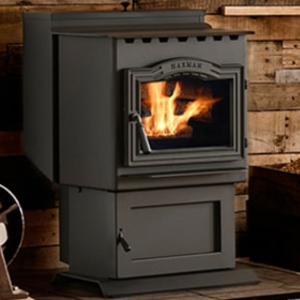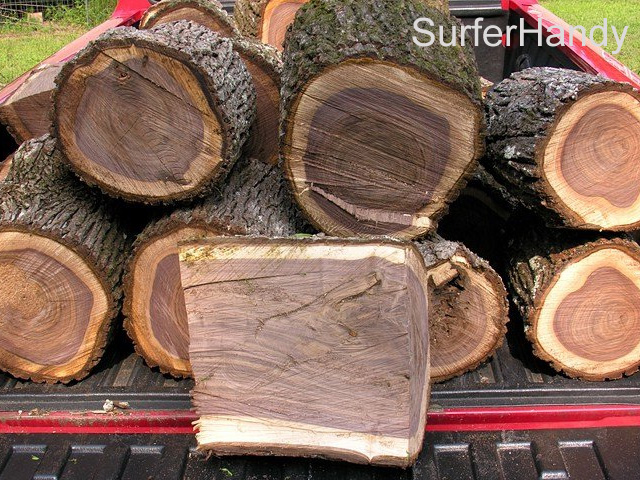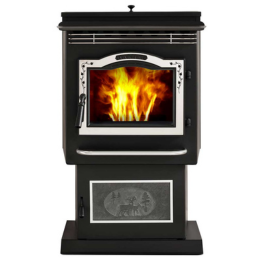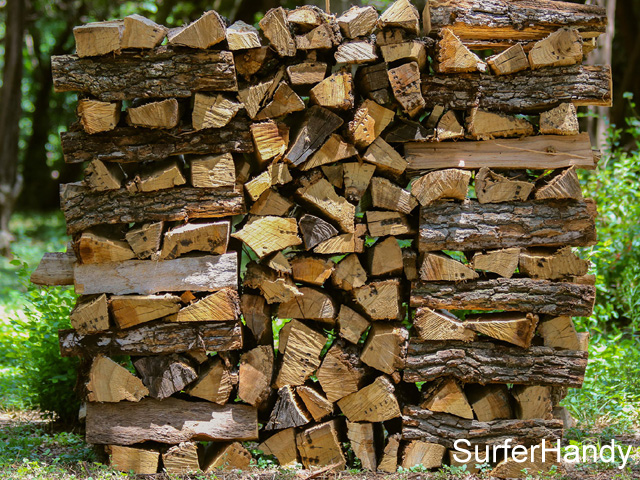Need help with buying a soapstone or cast iron wood stove? Well, you can either invest in a soapstone wood stove or a cast iron wood stove as it would not make a big difference because both wood stoves are radiant heaters and have almost the same features but with a few differences as there is always an exception.
However, it is important to look at the differences so you will have an idea of what to buy according to your home size along with the stove’s demands.
And why not? There are certain things to keep in mind before installing a wood stove in your home such as the design and layout of your house along with the lifestyle of your family.
So, placing a wood stove in your home in the right place would work more efficiently. For instance, you can install your wood stove where you and your family spend most of the time such as in the living room as it is pretty much the central point of the house.
Also, it is prominently visible as you will have a permanent installation of your wood stove to spread its heat in the direct surroundings.
Therefore, there is a need to understand the location and installation of either soapstone or cast stone inside your home. So that the value of your hard-earned money would not go to waste as liquified petroleum gas (LPG) prices are touching through the roof nowadays.
Soapstone VS Cast Iron Wood Stove: A Major Difference
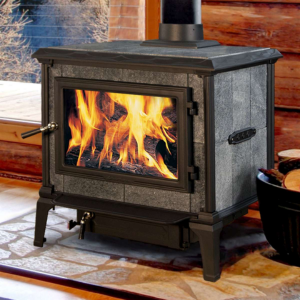
As we have mentioned that both soapstone and cast iron wood stoves are radiant heaters but still there are some differences between these two wood stoves.
Let’s have a deeper look to explore the dissimilarities between the above-mentioned two wood stoves:
The soapstone wood stove is well-known for providing equally distributed heat around the house as well as the heat will remain for a quiet while even if the fire is out.
Well, here is one thing to be considered is that this stove takes up a little while to catch the heat but overall it is a great option for constant operation.
On the other hand, if we look at the specs of a cast iron wood stove then we can say that this stove catches flames more quickly and easily but not to forget that as quick as this stove is in catching heat it is also very quick in getting cool. So, no warmth for a prolonged period once the fire in your cast iron is out.
Therefore, we can now come to the point where we have an idea that a double stone stove will lag and then it will radiate a generally lower amount of heat for a prolonged period. In contrast, the cast iron wood stove will catch the heat faster but fall off quickly once the heater is off.
Amazing Features of Different Types of Soapstone & Cast Iron Wood Stove
Types & Features of Soapstone wood stove
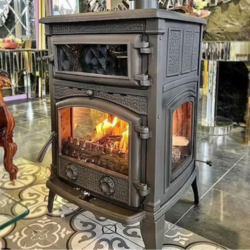
As far as the concern goes about the types of soapstone wood stoves then the brand introduced some stoves that are likely to be more durable, efficient, and have some attractive heating solutions at the same time.
They are also very great in looking to give an amazing modern or traditional style to your home.
So, without further ado, let’s get into the 5 main categories of the brand’s wood stoves and see which one is better based on its features:
Hearthstone Castleton Truhybrid
The brand’s number one choice is the Hearthstone Castleton Truhybrid which has 45,000 British thermal units (BTU) that can be described as a measurement of the heat content of fuels or other energy sources that are required to increase the temperature.
Another amazing feature of this wood stove is that it can provide heat covering an area of around 1500 square feet as well as it can be installed as a freestanding stove or built into a hearth.
The only drawback of this stove is that it is not a suitable option for larger rooms or interior spaces and it does not feature an internal cooking chamber.
Hearthstone Heritage TruHybrid
So, the heritage wood stove from soapstone comes with the feature of handling a maximum heat of up to 60,000 BTU whereas the heat surrounds an area of up to 2100 square feet.
So, the heat covers a wide area and can go to several rooms in your house to keep them warm along with the longest burn time of up to 25 hours.
The two drawbacks of this stove are that it is not a good stove to opt for cooking and it is a bit expensive.
Magnum Soapstone Wood Cookstove
As the name suggests that this cookstove is a great option for cooking as it can handle a maximum heat output of up to 42,000 BTU with a heat coverage area of up to 1500 square feet.
You can now cook without using electric stoves with the help of a Magnum soapstone wood cooking stove. It has an internal cooking chamber for baking along with a built-in thermostat for tracking baking temperature.
It also comes with a warming drawer to keep the food toast and is available in a smaller size so no need to worry about space issues.
The only thing which might not be good for some people as the firebox of that stove is made of cast iron that can rust when exposed to moisture.
Vermont Bun Baker by Nectre
This wood stove is best suited for small places as it is comparatively smaller in size than other soapstones.
But, the size does not matter as it provides a maximum heat output of up to 37,000 BTU along with a heat coverage area of up to 1000 square feet.
This model has 10 years of limited warranty and features a windowed baking chamber along with a usable cooktop for stovetop meals. It has glass doors which make it easy for you to check on the cooking food.
But, it is not very friendly in your pocket as it is very expensive and extravagant as well as the processing of catching fire is not very inspiring when it comes to the functional levels of other soapstone wood stoves.
Osburn Matrix Wood Stove
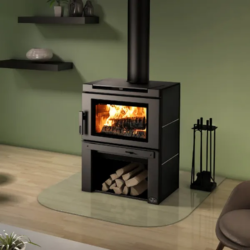
Lastly, Osburn Matrix from soapstone comes with a sleek blower and a nifty built-in storage space which is a great option to store wood.
This stove has an impressive heat output of up to 75,000 BTU along with a heat covering capacity that goes up to 2100 square feet area.
It has a compact size and a vintage look that goes perfectly with your traditional-style wood-burning stoves.
It also featured a built-in fuel storage compartment along with an ashtray that collects the leftover ash so you can easily remove and clean your stove from the inside without creating any mess in the surroundings. This stove has only one drawback having a maximum of eight hours of burn time.
Types & Features of Cast Iron Wood Stove
Currently, putting an ancient wood stove in the place of a newly manufactured one that has an amazing feature of secondary burn as well is not an easy task to do**. And why not?**
A cast iron wood stove that can provide heat on a larger scale can also be burdensome in these times because the majority of them are made for covering smaller areas such as one room.
Here come the types and features of cast iron wood stoves, Let’s explore them together for a better understanding:
Logwood EPA-Certified Cast Iron Wood Stove
So, a Logwood cast iron wood stove can be a good-to-go choice as it is featuring a larger size together with a non-catalytic secondary burn unit which means it has double burn chambers than other cast iron stoves.
One amazing thing about this stove is that when you put wood into its main firebox the gases and creosote start to burn in the secondary burn process to use the wood completely.
This super awesome feature will furnish your house with pleasurable outcomes by creating a pure and almost smokeless burn.
The heat coverage area of the Logwood stove is up to 1600 square feet along with a flat surface top that makes it a great option for making food on it.
Despite the fact of covering a huge area for spreading the heat, still, it would be considered a medium-sized stove when compared to soapstone stoves.
Hi-Flame Cast Iron Wood Burning Stove
This cast iron stove has more heat coverage area than the Logwood iron stove as it can spread the heat up to 1800 square feet.
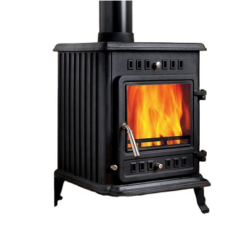
This model comes in Enamel black and features a shapely air wash fire viewing window along with a big ashtray for quick and easy ash removal to clean your stove.
The secondary burn unit of this stove is EPA certified, non-catalytic, simpler, requires less maintenance, as well as, it creates less amount of ashes so you do not have to tire yourself in cleaning your stove often.
Conclusion
So, the bottom line is if you have a big space in your house and want a larger amount of heat covering a wide area inside your house then you can invest in soapstone wood stoves as they are big and provide an excellent amount of warmth.
On the other hand, if you have less space in your house and want an adequate amount of heat that can surround a small area such as one room or one cabin then you can rely on cast iron wood stoves as they are a bit smaller but are good for cooking purposes.
Frequently Asked Questions
**Can you rely on a soapstone wood stove?**
The precise answer to this question is “definitely, you can” as they provide an excellent amount of steady and comfortable heat that can stay for so many hours.
Therefore, you can rely on these stoves in your icy and cold weather to give yourself and your family a long-lasting and less stifling heat.
**Which stove works at an extra cost either a soapstone or cast iron wood stove?**
The soapstone stoves are worth an extra cost as these provide heat on a larger scale with stain-resistant slabs that provide an even cook with fewer flare-ups. However, it took its sweet time to ignite or blaze the flame as compared to cast iron stoves
Still, soapstones are better as they have a thermal mass that stores more energy which will keep your house warm for a longer period without getting rusted and decomposed.
**What is the importance of secondary burn in cast iron wood stoves?**
The Environmental Protection Agency (EPA) has introduced secondary burn units in cast iron wood stoves so that they can meet the demands for a clean and more efficient burn together with advanced engineering.
EPA also demands the iron stoves be more pocket friendly and conventional to construct by installing new plated steel instead of using old cast iron stoves. In the end, it is not only worth it for its consumers but also for the environment.
